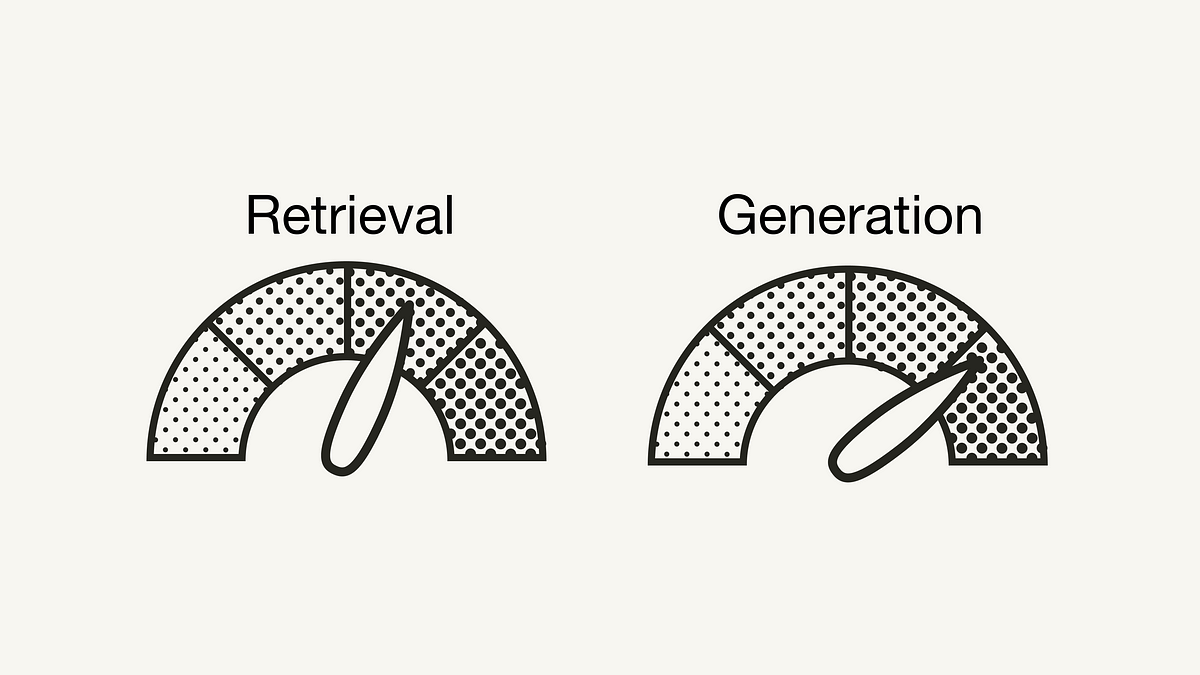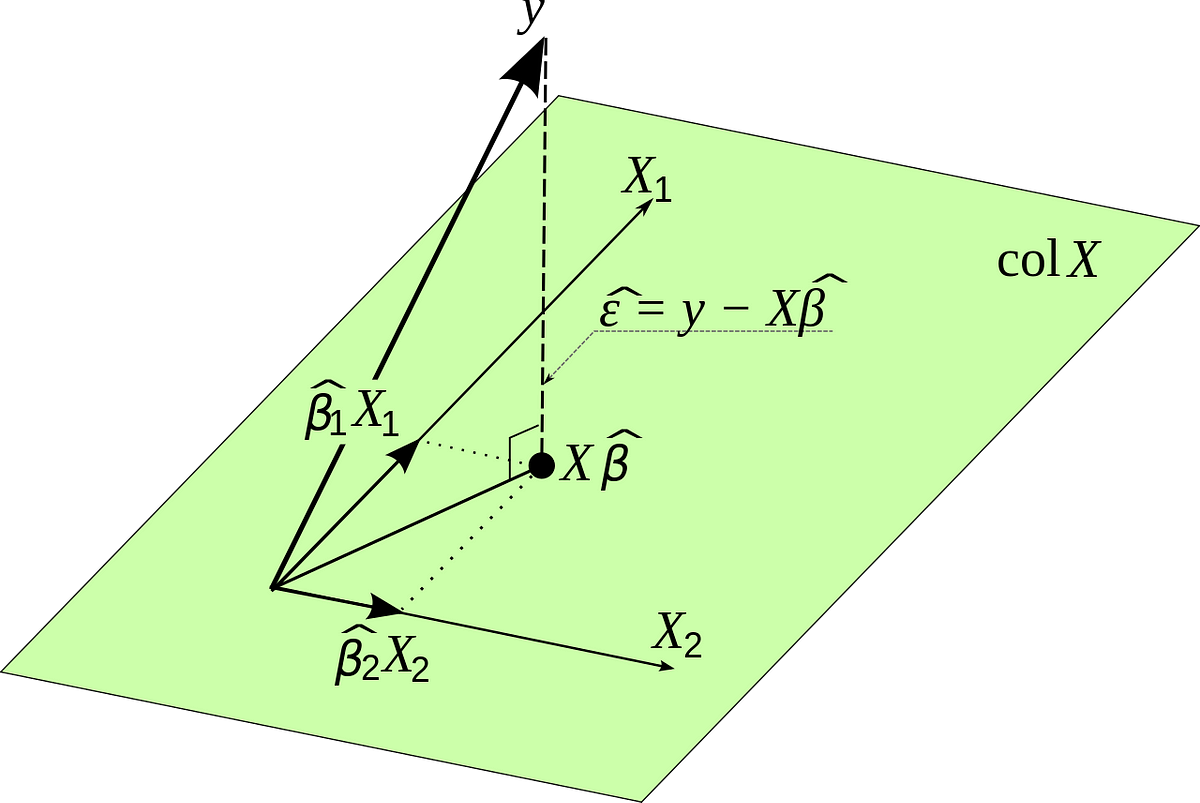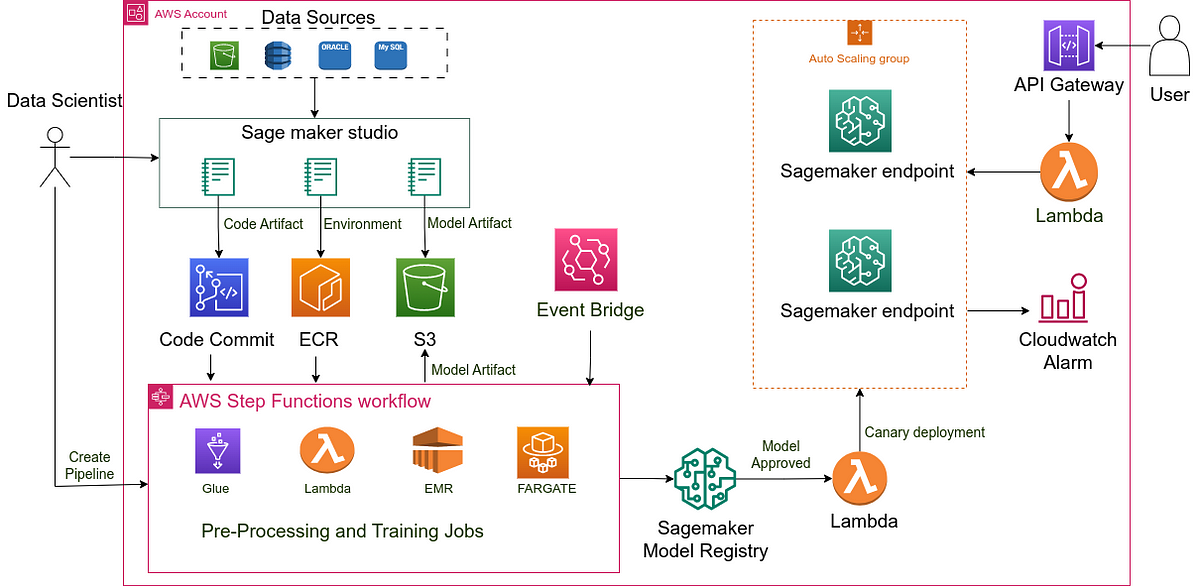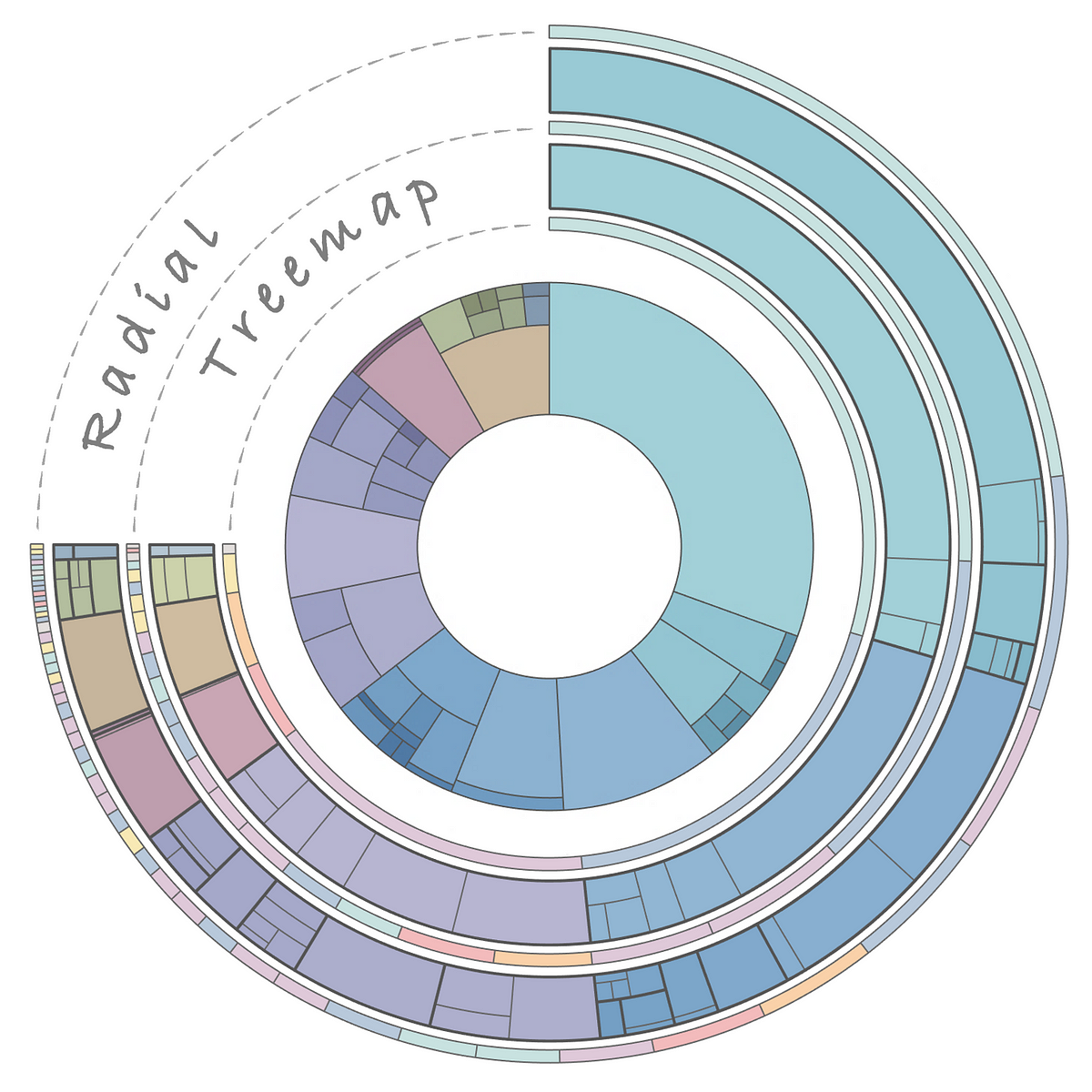RAGAs (Retrieval-Augmented Generation Assessment) is a framework (GitHub, Docs) that provides you with the necessary ingredients to help you evaluate your RAG pipeline on a component level. Evaluation Data What’s interesting about RAGAs is that it started out as a framework for “reference-free” evaluation [1]. That means, instead of having to rely on human-annotated ground…











